Emergence of Smart Packaging Solutions
The thermal paper market is positively impacted by the emergence of smart packaging solutions, which integrate technology with traditional packaging methods. This trend is particularly relevant in sectors such as food and beverage, where thermal paper is used for printing labels that include QR codes and other digital information. In 2025, it is anticipated that smart packaging will account for around 15% of the thermal paper market, as companies seek to enhance consumer engagement and provide additional product information. The ability of thermal paper to support high-resolution printing of intricate designs and codes positions it as a preferred choice for manufacturers. As the demand for innovative packaging solutions grows, the thermal paper market is likely to benefit from this technological integration.
Increased Adoption in Healthcare Sector
The thermal paper market is experiencing increased adoption within the healthcare sector, driven by the need for efficient patient record management and medical documentation. Hospitals and clinics are increasingly utilizing thermal printers for printing prescriptions, labels, and patient wristbands. In 2025, the healthcare industry is expected to represent approximately 20% of the thermal paper market, reflecting the critical role of accurate and durable printing solutions in medical settings. The ability of thermal paper to withstand various environmental conditions, such as humidity and temperature fluctuations, makes it particularly suitable for healthcare applications. As the healthcare sector continues to prioritize efficiency and accuracy, the thermal paper market is likely to see sustained growth in this area.
Regulatory Compliance and Standardization
The thermal paper market is shaped by regulatory compliance and standardization requirements across various industries. In the US, businesses are mandated to adhere to specific guidelines regarding the labeling and documentation of products, particularly in sectors such as food safety and pharmaceuticals. This regulatory landscape is driving the demand for reliable printing solutions, with thermal paper being favored for its durability and clarity. In 2025, it is projected that compliance-related applications will constitute approximately 10% of the thermal paper market. As companies strive to meet these standards, the thermal paper market is likely to see a sustained increase in demand, as businesses prioritize quality and compliance in their operations.
Rising Demand for Point of Sale Solutions
The thermal paper market is experiencing a notable surge in demand driven by the increasing adoption of point of sale (POS) systems across various retail sectors. As businesses transition to digital payment methods, the need for efficient and reliable receipt printing solutions becomes paramount. In 2025, the retail sector in the US is projected to account for approximately 35% of the total thermal paper consumption, highlighting the critical role of POS systems in this market. Furthermore, the convenience and speed offered by thermal printing technology align with consumer expectations for quick service, thereby propelling the growth of the thermal paper market. This trend is likely to continue as more retailers invest in modernizing their payment systems, further solidifying the importance of thermal paper in the retail landscape.
Growth in Logistics and Shipping Industries
The thermal paper market is significantly influenced by the expansion of logistics and shipping industries in the US. As e-commerce continues to flourish, the demand for shipping labels and packing slips printed on thermal paper is on the rise. In 2025, it is estimated that the logistics sector will contribute around 25% to the overall thermal paper market. This growth is attributed to the increasing volume of online orders and the necessity for efficient tracking and delivery processes. Thermal paper's ability to produce high-quality, smudge-proof labels enhances its appeal in this sector. Consequently, the thermal paper market is poised to benefit from the ongoing evolution of logistics, as companies seek reliable printing solutions to streamline their operations.


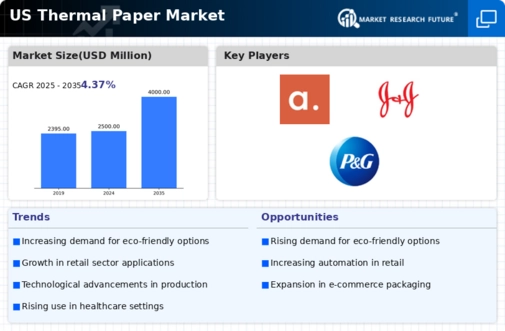

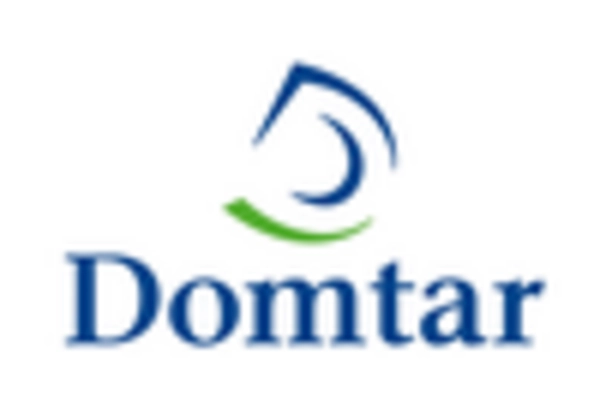
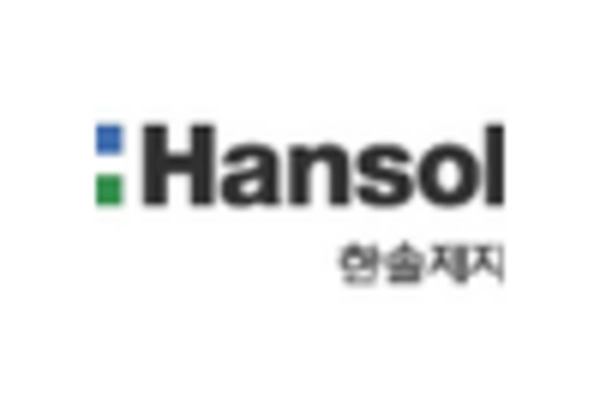

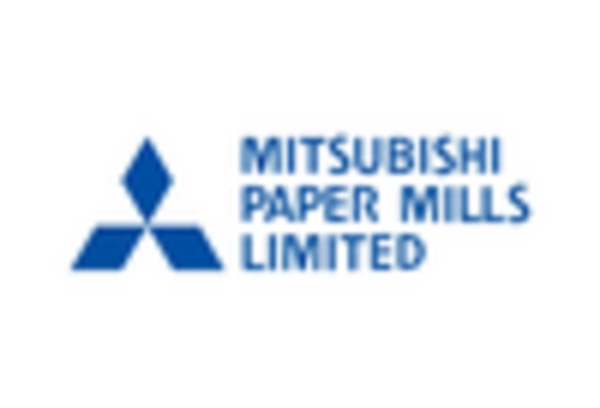
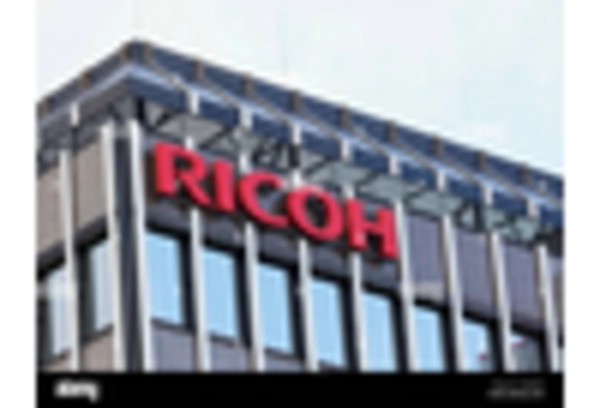








Leave a Comment